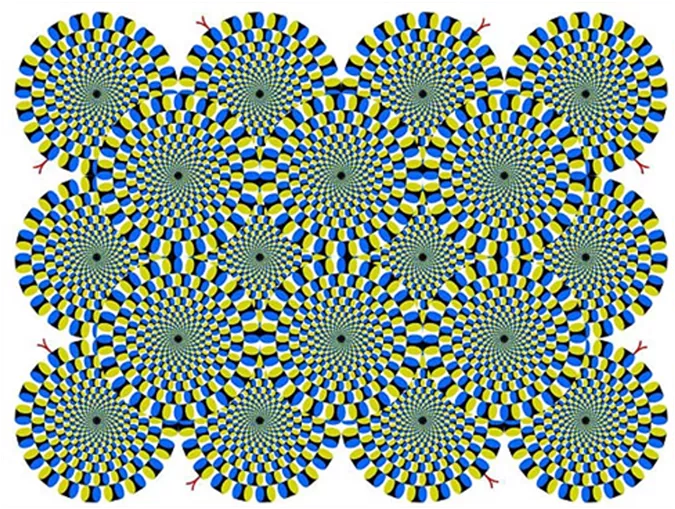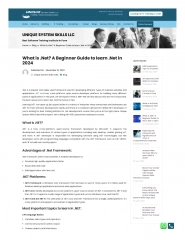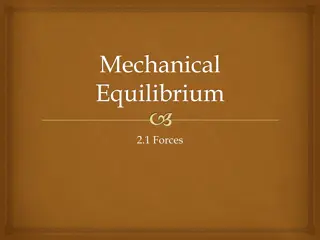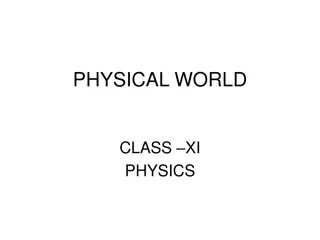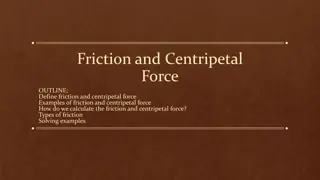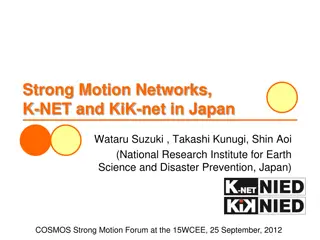Understanding Net Force in Physics
Explore the concept of net force in physics, including balanced and unbalanced forces, the relationship between force and motion, and how net force affects an object's movement. Learn about scenarios where net force is zero, one force acts on an object, multiple forces cancel out, or combine to produce a net force. Enhance your knowledge of forces and motion with practical examples and diagrams.
Download Presentation

Please find below an Image/Link to download the presentation.
The content on the website is provided AS IS for your information and personal use only. It may not be sold, licensed, or shared on other websites without obtaining consent from the author. Download presentation by click this link. If you encounter any issues during the download, it is possible that the publisher has removed the file from their server.
E N D
Presentation Transcript
Net Force tmpNBK(1).png
TEKS (8.6) Science concepts. The student knows that there is a relationship between force and motion. The student is expected to: (A) demonstrate how unbalanced forces cause changes in the speed or direction of an object's motion
Forces Force : a push or pull that can change the motion of an object (measured in Newtons N) Balanced force: Forces on an object that do not change the motion of the object Unbalanced Force: Forces on an object that cause change in the motion of the object Net Force: The total of all the forces acting on an object
Net Force If no forces act on an object, the net force on the object is zero Although this happens in physics problems, it is very unlikely in practice that an object will have no forces at all acting on it No forces acting NF = 0
If there is just one force on an object, then that force is the net force. In the diagram at left, the net force is 15 Newtons to the right. For example in free fall, the net force on an object equals its weight - the one force pulling on it. 15 N 15-0= 15 NF= 15 N to the right
If 2 forces push or pull on an object in opposite directions, and the two forces cancel each other exactly, the net force is zero 25 N 25 N 25-25 = 0 NF = 0
If two forces act on an object in opposite directions and they don't exactly cancel, what is left over is the net force (the difference in the forces). In the diagram below, the net force is 5 Newtons to the right. (in the direction of the bigger force) 10 N 15 N 15-10=5 NF = 5 N to the right
If two(or more) forces act on an object in the same direction, the net force is the sum of the forces. In the diagram at left, the net force is 30 Newtons to the right. 10 N 20 N 10 + 20 = 30 NF = 30 N to the right
Quiz True or False The force that is left over after all of the forces acting on an object are cancelled and/or combined is called the net force.
A 3 N force and a 7 N force act in the same direction on a box. What is the magnitude of the net force on the box?
A 3 N force and a 7 N force act in opposite directions on a box. What is the magnitude of the net force on the box?


